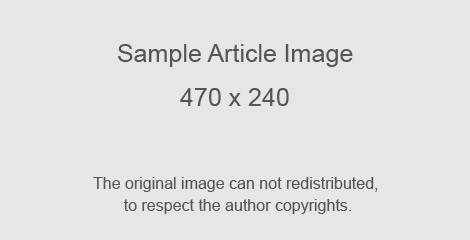Articles
Australia & Asia - Solutions

H
ow do we accelerate asset development?
In a world of intense activity, high volumes of wells, advanced recovery techniques, more complexity, increased transactions, and O&G companies being asked to increase production - all with the same amount of resources and infrastructure, the challenges are immense. Given the tight deadlines to fuel the LNG processing plants, the most fundamental challenge for Operators is “How do we drill more wells, faster, effectively and safely within the next 12-18 months?” The answer lies in orchestration across an expanded user base and repetition. With embedded intelligence that is ‘fit-for-purpose’ in the upstream world, quick-time-to-value and flexibility in execution, SAP Oil is leading the revolution and breaking free of traditional rigid ERP solution providers.
How do we ensure that we operate safely, implement the best infrastructure and comply with regulations?
It’s a complex industry and with unconventional production in Australasia in its relative infancy, lack of experience, knowledge, and resources are all areas that need to be addressed. Around the world crew-change is facilitating the necessity to find innovative ways to automate operations, and we’re seeing more complex international laws and regulations requiring rigorous compliance management techniques, auditability and transparency across the organization. Developing a clear approach to operations and compliance is at the top of the list for many boardroom agendas and having the correct technology framework (or ‘License to Operate’) quickly provides the much needed confidence for Executives in the industry.
How can we empower pro-active and effective decision making at all levels in the organisation?
The US unconventional renaissance which is racing ahead of the rest of the industry provides an excellent pool of processes and best practices implemented by the world’s most successful operations and there are some fundamental ways to answer these questions. Best practices that SAP Oil has learned in the past few years include:
- Eliminating the ‘silo-effect’ – ensuring critical information is captured, shared and is flowing to all levels of the organization; from the CEO to the Drilling Engineer. All levels obtaining the same consistent and accurate information in real time.
- Visibility to KPI’s – within and across functional departments facilitating continuous improvement and accountability.
- Cost control and prevent over-spending – facilitating real-time monitoring of drilling expenses, analysis of actual spend vs. budget, checks and balances at various intervals.
- Maintaining development cycle in the wake of unforeseen events – preventing one task (such as a permit being completed and filed on time) from delaying the development of a well. This not only impacts the single well, but all wells in the drilling campaign.
- Effective well planning and rig-scheduling – visual interpretation of all the stages, steps and tasks required to drill a well and to hold each functional group accountable. Visual analysis of your drilling campaign and ability to create ‘what-if’ scenarios.
- Auditability and transparency – who, what, when, how…for all activity.







